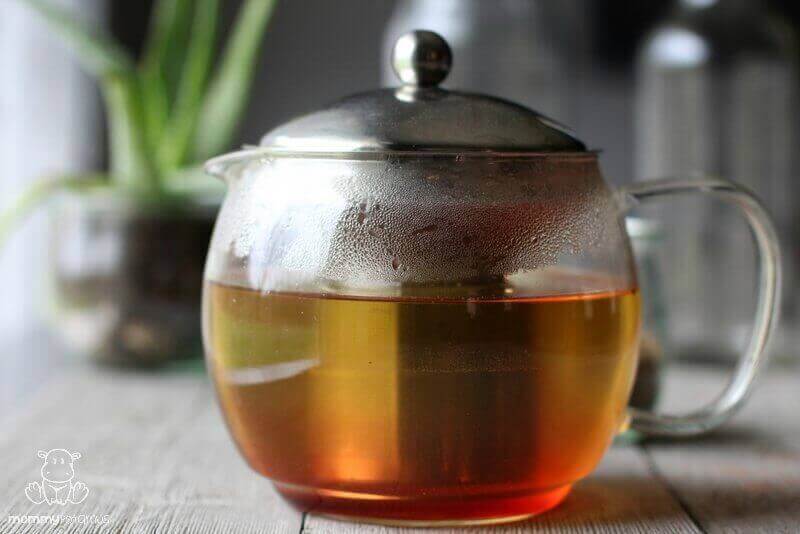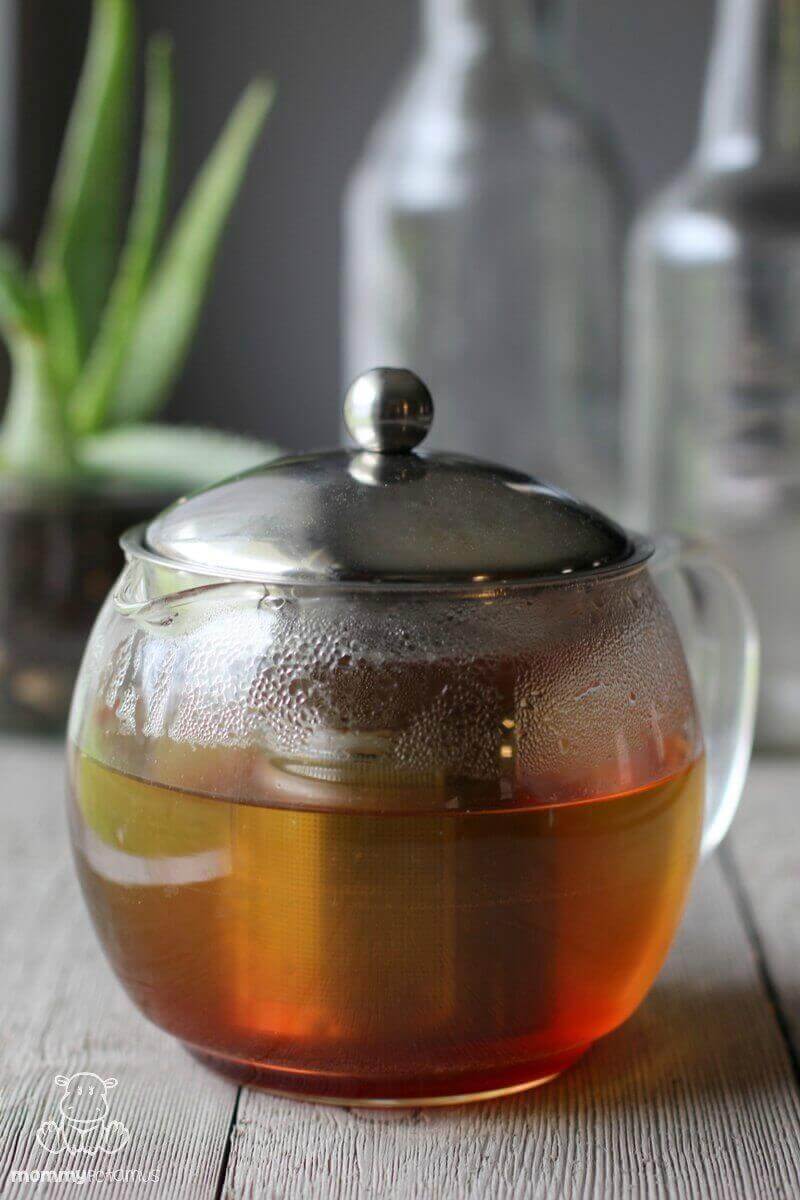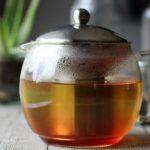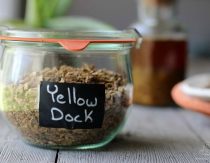
((Happy Dance)) < — That’s what I used to do every time a few of my friends tried to talk me into doing a “detox” and I couldn’t participate because I was pregnant or nursing. Although there are circumstances where I would consider a more intense protocol, the reality is that I really love food. Like . . . a lot.
That said, I do make an effort to support gentle detoxification in my daily life. There roughly 85,000 chemicals currently registered in the U.S. for use, and most have not been adequately tested for safety. I don’t live in fear of them, but a growing body of research suggests they are connected to hormone imbalances, weight gain immune system dysregulation, and an increased risk of certain diseases.
A well-functioning detoxification system is essential for hormone balance, healthy skin and a strong immune system. Unfortunately, both our environment and certain genetic factors can sometimes cause our detoxification capacity to become sluggish. For example, approximately 30-50% of us (including me) have the MTHFR mutation, which can impair our natural detoxification system.
Fortunately, while optimizing detox may sound like a daunting task, there are things we can do frequently, even daily, to support our body’s natural detox mechanisms. This tea blends one of the superstars for detox support – yellow dock root – with nutritive and adaptogenic herbs. Let’s take a look at some of their benefits.
When creating your own home herbal apothecary, yellow dock root is an excellent herb to keep on hand for detoxification support. Let’s take a look at some of its benefits, along with the other nutritive and adaptogenic herbs in this recipe shared with me by Dr. Lori Rose, who holds a PhD in biology and is Board Certified in Holistic Nutrition. She currently teaches biology and nutrition at the college level and is also a practicing clinical herbalist/holistic nutritionist.
Yellow Dock Root
Yellow dock (Rumex crispus) contains several unique herbal constituents that make it a powerful stage-2 liver detoxifier and digestive aid. It’s a bit bitter – which is one of the reasons it’s so good at its detox job – so when drinking it in tea form we want to combine it with some more neutral, yummy, but still helpful herbs.
Because herbs are plants and not pharmaceutical drugs there are no dosages. However, herbalists do share knowledge about what methods of consumption seem to produce a beneficial effect for most people, and for yellow dock a therapeutic amount is generally thought to be 1-2 tablespoons per day.
Oatstraw
Oatstraw, which is the the grass/stem part of Avena sativa, is high in silica, vitamin B-1 and B-2, calcium, and magnesium. (source) It supports all body functions, but is often used to nourish brain cells and decrease stress and anxiety, which can take a negative toll on our detox organs. Oatstraw has a pleasant, mild flavor and is considered very safe. (source)
Rosehips and Hibiscus
These herbs are the beauties of this tea. Research shows that the more enticing our food and drinks look to us, the more nutrients we absorb, so we are going to use rosehips, Rosa spp., and hibiscus, H. sabdariffa, for a little color enhancement in our tea. (source)
But beauty isn’t the only thing these red-hued rock stars add – they are both high in antioxidants, which decrease the glutathione demand from the rest of our body, leaving the liver to use that glutathione for detox. Nature is magical like that. 🙂
Holy Basil and Licorice root
Our last two herbs are the best supporting-actresses of this detox tea. Tulsi, aka Holy Basil (Ocimum sanctum), and licorice root (Glycyrrhiza glabra) are both adaptogens, or herbs that balance the stress response.
Their balancing effect on the body is thought to decrease the the amount of stress hormones that need to be detoxed in our liver. This frees up space in the liver to detox more important toxins, allergens, and left-over hormones, and also leaves more nutrients for the liver to use during detox.
As a side benefit, they both taste super yummy! A few important notes: Licorice root might cause issues for people with high blood pressure caused by excessive potassium excretion, so take care. Also, as discussed in this post on the benefits of licorice root, it is considered a harmonizer and is most often taken in small amounts with other herbs. According to Ethnobotanist David Winston and herbal expert Steven Maimes, who co-authored Adaptogens: Herbs for Strength, Stamina and Stress Relief:
The key to using licorice safely is to use small amounts combined with other herbs. This is how it is usually used in Chinese and has been used safely for millenia.” (Source: Adaptogens: Herbs for Strength, Stamina and Stress Relief)
Five grams is the maximum amount of licorice that is considered appropriate for use should be used per day. (source) The amount in this recipe is approximately 1-2 grams so well below the maximum.
Ready to make this beautiful, yummy yellow dock detox tea? Instructions are below!

Yellow Dock Detox Tea
For teas and herbal infusions I prefer open basket infusers rather than tea ball because they allow the tea leaves/herbs to circulate more, resulting in a stronger infusion. I use this teapot for making double batches to share with my husband or this stainless steel basket infuser nestled in a 16 ounce mason jar for myself.
If you use the mason jar add the herbs, pour water till the jar is full, and allow to steep. You’ll have a little water left over but after you remove the herbs you can add it in to dilute the tea if desired.
Yellow Dock Detox Tea
Ingredients
- 1 tbsp yellow dock root
- 1 tbsp oatstraw
- 1 tbsp rosehips (deseeded)
- 1 tbsp hibiscus (crumbled)
- 1 tbsp tulsi (aka holy basil)
- ½-1 tsp licorice root powder (depending on how sweet you like your tea)
- 2 cups just-boiled water.
Instructions
- Pour water over the herbs, cover and allow to steep for about 20 minutes. Strain and sip throughout the day.
Nutrition
Other ways to naturally support detoxification
Want more research-backed natural remedies?
No problem, I’ve created a free ebook for you – Kitchen Apothecary: 25+ Natural Remedies Using Ingredients From Your Pantry – as a gift for signing up for my newsletter. You’ll also get updates when I post about safe essential oils for pregnant/breastfeeding mamas, exclusive gifts and coupons (I was able to give away a jar of free coconut oil to anyone who wanted it recently!), plus other goodies.
Sign up using the form below.
About the authors: This article was coauthored by Heather Dessinger and Dr. Lori Valentine Rose (PhD). Dr. Rose, PhD is a college biology, nutrition, herbal, and wellness instructor, Certified Nutrition Professional (CNP), Registered Herbalist with the American Herbalist Guild, and is Board Certified in Holistic Nutrition. She created, developed, and instructs the Hill College Holistic Wellness Pathway, the most thorough, affordable, degreed wellness program in the country. She loves spreading love and light, and helping others feel awesome on the inside and out so they can live their dreams and make this world more awesome!





